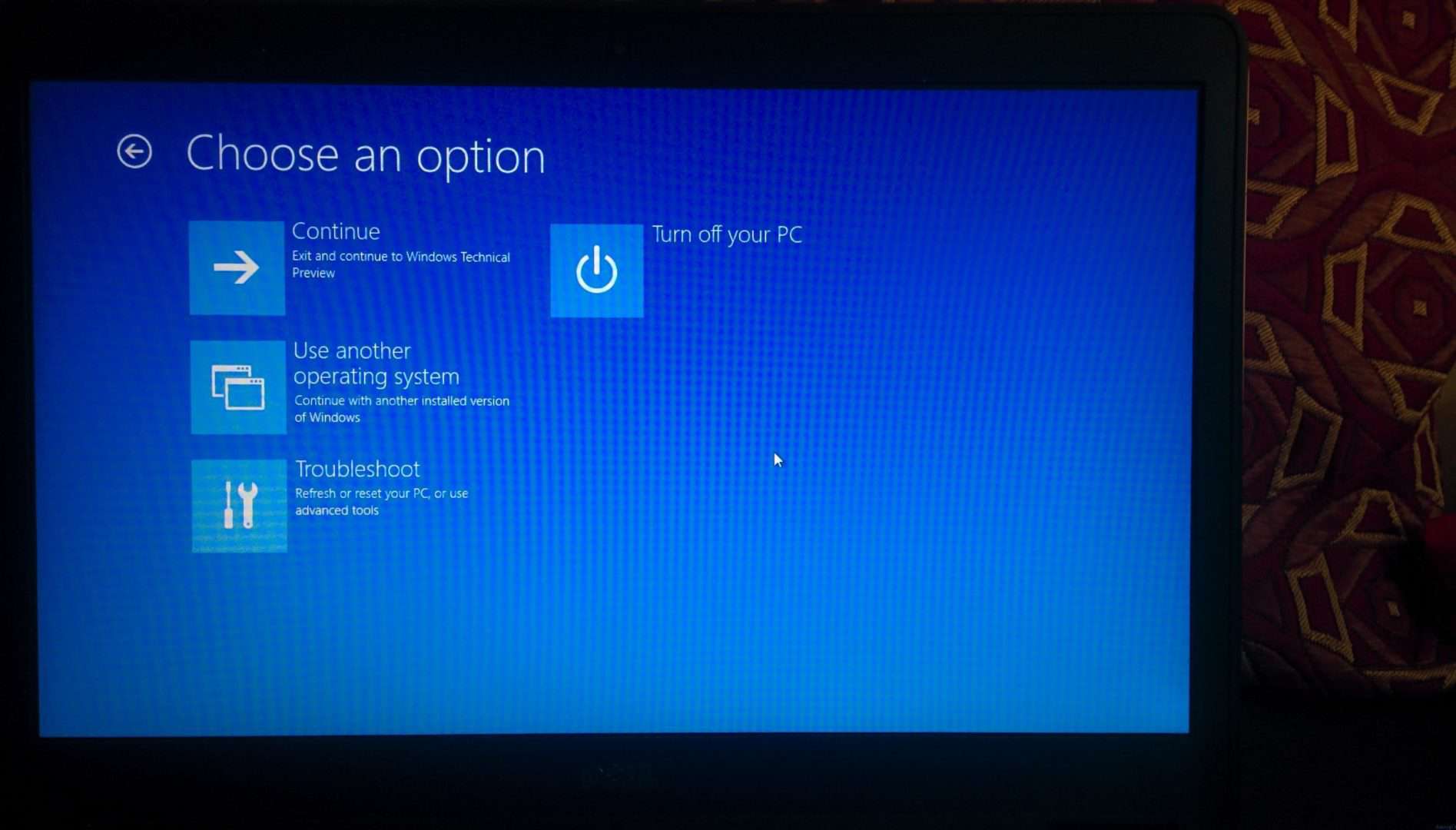
The installer can determine when a reboot of the system is necessary and prompt the user with a request to reboot. Custom actions can also check for a pending reboot prompt by calling MsiGetMode. For more information, see Error Codes.Ĭustom actions can force a prompt for reboot at the end of an installation by calling MsiSetMode.
WINDOWS TESTVIEW ON RESTART CODE
Note that because reboots are asynchronous, the reboot may actually occur before the error code is returned. It returns ERROR_SUCCESS_REBOOT_REQUIRED if a reboot is required before running the application, and it returns ERROR_SUCCESS_REBOOT_INITIATED if the installer has actually started a reboot.
WINDOWS TESTVIEW ON RESTART WINDOWS
The Windows Installer returns the error code ERROR_INSTALL_SUSPEND when the ForceReboot action is run. The system may need to be rebooted before the installation can resume. The installation must resume before it is completed. Available beginning with Windows Installer version 4.0.ĮRROR_INSTALL_SUSPEND means the installation did not complete or rollback. Policy to disable Windows Installer interaction with Restart Manager. Available beginning with Windows Installer version 4.0. Installer sets this property if a restart of the operating system is pending. Specifies how the Restart Manager closes and restarts applications. Property to disable Windows Installer interaction with the Restart Manager. This property is used by custom actions to detect that a reboot is required. Set if the installer installs over a file in use. Gives users the option to use the Restart Manager to close and restart applications. Gives users the opportunity to shut down processes to avoid some system reboots. Any needed reboots happen automatically.Ĭommonly used in a condition imposed on the ForceReboot Action.ĭisplays the FilesInUse Dialog, if necessary, giving users the opportunity to shut down processes and avoid some system reboots. Suppresses the display of prompts for reboots to the user. Prompts the user for a reboot at the end of the installation.įorces or suppresses certain automatic prompts for a system reboot. Prompts the user for a reboot during the installation. The following actions and properties are used to handle system reboots. Installation package authors can schedule and suppress reboots by using standard actions in the sequence tables and by setting properties.

For more information, see Using Windows Installer with Restart Manager. Windows Installer version 4.0 or later has properties and policies that enable the package author and administrators to control the interaction of Windows Installer with the Restart Manager.

For example, the installer automatically prompts for a reboot if it needs to replace any files that are in use during the installation.Īpplications that use Windows Installer version 4.0 or later for installation and servicing automatically use the Restart Manager to reduce system restarts. The Windows Installer can determine when a reboot of the system is necessary and automatically prompt the user to reboot at the end of the installation.


 0 kommentar(er)
0 kommentar(er)
